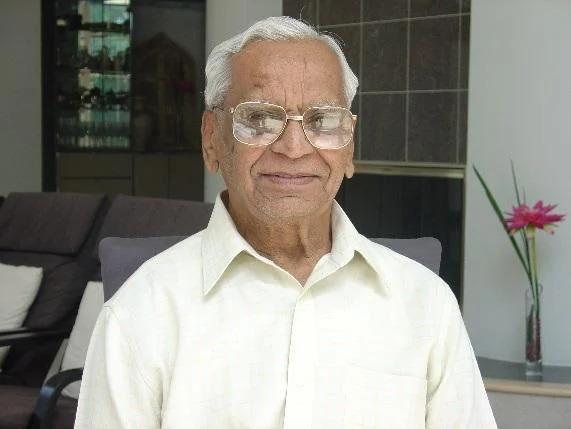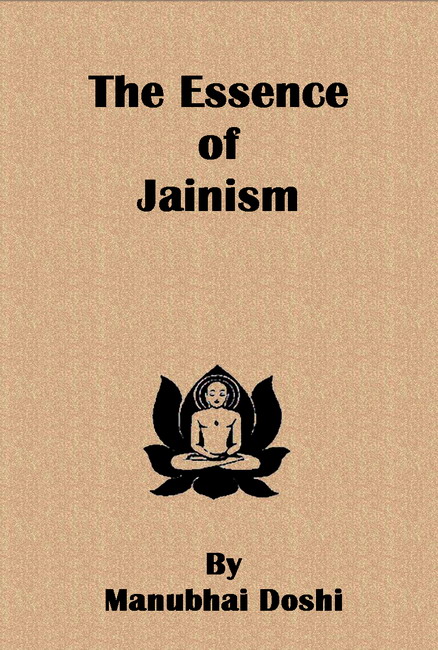Everything in the universe is either animate or inanimate. Animation denotes Chaitanya or consciousness while inanimate is Jada or lifeless. These two concepts are described differently by different schools of thought. Vedanta calls them Ishwar and Maya; Sankhyas call them Purush and Prakriti; we call them Jiva and Ajiva. We however consider Ajiva as made up of five different substances. They are Pudgala or matter; Dharma, which is an ethereal substance that is instrumental in making movement; Adharma, another ethereal substance that is instrumental in maintaining stability; Akash or space and Kaal or time. It should be noted that the terms Dharma and Adharma in this context do not denote religion or absence of religion. Here, they are to be taken simply as two natural substances that pervade the universe. In order to avoid confusion and for the reason that would be clear later, we will use the terms Dharmastikaya and Adharmastikaya instead of Dharma and Adharma.
Concepts of consciousness, lifeless matter, space and time are acceptable to other schools as well. Those of Dharmastikaya and Adharmastikaya however are exclusively Jain concepts. It is generally accepted that soul and matter are endowed with mobility. They are not stationary. Motion is one of their characteristics. As such they make movements on their own. Every action however has some instrumental cause. There has therefore to be some medium that could be instrumental in their making movements. We call that medium as Dharmastikaya. Similarly there has to be some medium that could be instrumental in maintaining stability. We call that medium as Adharmastikaya.
Most of the people can easily accept the necessity of a medium for making movement. Justification for a medium to help stability may not be so obvious. It is however not very hard to understand it. Since Dharmastikaya pervades the entire universe, soul and matter, being capable of making movements, would forever continue to move in absence of another medium that would be instrumental in their staying stable as well. In Jain terminology that medium is known as Adharmastikaya.
So we believe in six basic substances. This is known as Shaddrayas. Shat (which is changed to Shad) means six and Dravya means substance or basic element. There are infinite number of Jivas (souls). They are categorized as worldly souls and liberated soul s. Worldly souls are embodied, while liberated ones are unembodied. Each soul is a separate entity. They never combine with each other or with any other matter, even though they may be found habiting the same abode.
Everything having some semblance of life is an embodied soul. Touch, taste, smell, sight and sound are the five senses. Number of senses that a being may possess is variable. Depending upon their sense faculties, living beings are categorized as Akendriya or one sensed organism that possesses only the sense of touch; Dweendriya or two sensed organism that possesses the senses of touch and taste;
Treendriya or three sensed organism that possesses the senses of touch, taste and smell; Chaturendriya or four sensed organism that possesses senses of touch, taste, smell and sight and Panchendriya which means five sensed organism that possesses all the five senses. Most of the seemingly lifeless objects and the plant life constitute Akendriyas. Earth worms, leaches etc. are Dweendriya. Ants, bugs etc. are Treendriyas. Flies, bees etc. are Chaturendriyas. Most of the animals, human beings and heavenly as well as infernal beings are Panchendriyas. We shall give more details about Jiva in the next chapter.
Pudgals are infinite particles of matter pervading the universe. These particles called Paramanus are too minute to be visible. Our scriptures have described them as being more microscopic than atoms. They have however the capacity to combine with each other. When they so combine, they are called Skandhas or molecules. Depending upon their combination, these Skandhas can be visible and can also be experienced by other senses. Color, smell, taste and touch are the principal properties of Pudgal and are known as its Gunas. Soulless bodies and everything in the environment that is lifeless constitute Pudgal. Pudgals do undergo change. Their changing states are known as their Paryayas. Paramanus and their Skandhas have capacity to give scope to other Paraman us and Skandhas. As such, any number of them can simultaneously occupy the same space. Infinitesimal minute space occupied by a single Paramanu is called a Pradesh.
There is one indivisible Dharmastikaya pervading the Lokakash part of the universe and is instrumental to Jiva and Pudgal in making movements. Similarly there is Adharmastikaya that is instrumental in maintaining stability. They have the capacity to give space to other substances.
There is one all pervading, indivisible, universal space or Akash. Its property is to accommodate or give space. The above mentioned four substances however habitate only a part of Akash. That part is known as Lokakash. Other part is simply space not having anything within it and is called Alokakash.
It would be clear from the above definition of Pradesh that Jivas, Skandhas of Pudgals, Dharmastikaya, Adharmastikaya and Akash occupy more than one Pradesh. In fact, Pradesh is so minute that each of the souls and Skandhas are said to be occupying countless number of Pradeshas. Anything occupying more than one Pradesh is termed as Astikaya. Therefore these five substances together are known as Panchastikaya comprising Jivastikaya, Pudgalastikaya, Dharmastikaya, Adharmastikaya and Akashastikaya.
The last substance is Kaal, the Time. It may not seem appropriate to treat Kaal as a separate substance. Jain scholars have different views about Kaal. Digambaras generally treat it as an independent substance; Shwetambaras generally treat it as an instru mental substance useful for comprehending changing states of the other five substances. Usually we measure time in terms of hours, minutes, seconds etc. Our scriptures have however conceived of an infinitesimal part of time which is called Samaya that is infinitely shorter than a second. People, who accept time as an independent substance, believe that Samayas are strewn all over the Lokakash. Every Samaya is supposed to occupy one Pradesh. As such, even if time is admitted as an independent substance, it is not an Astikaya. There is therefore no term as Kaalastikaya.
 Manubhai Doshi
Manubhai Doshi
